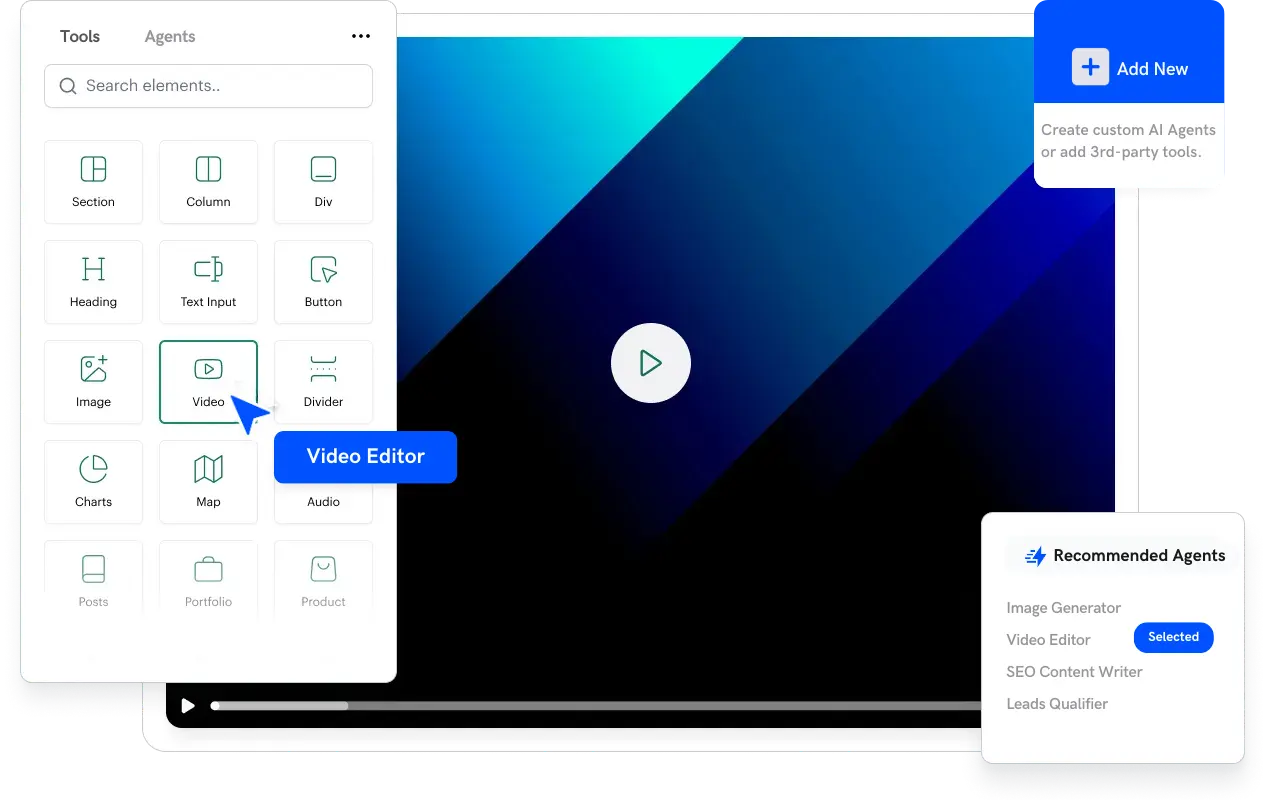Big data has become a buzzword in the modern business world, transforming the way organizations operate and make decisions. The integration of big data analytics into productivity strategies enables both individuals and teams to harness vast amounts of information to drive efficiency, improve outcomes, and create a competitive advantage. Studies by IDC have shown that companies leveraging big data effectively experience a 20–30% increase in productivity. This article explores the role of big data in enhancing personal and team productivity, providing research insights, implementation strategies, and examples of success.
Understanding Big Data and Its Importance
Big data refers to the vast volumes of structured and unstructured data that organizations generate on a daily basis. Its significance lies in:
- Volume:
The sheer amount of data available from various sources such as social media, transactions, and sensors. - Velocity:
The rapid speed at which data is generated and must be processed. - Variety:
Data comes in multiple formats, requiring advanced tools to analyze and extract meaningful insights.
Key Applications in Productivity Enhancement
- Personal Productivity:
Individuals can use big data analytics to understand work patterns, optimize schedules, and identify personal performance trends. - Team Productivity:
Teams can integrate data from communication platforms, project management tools, and performance reviews to gain a comprehensive view of workflow efficiency. - Predictive Insights:
Big data allows for forecasting trends that may affect productivity, such as workload peaks or market changes, enabling proactive measures.
TurboMode AI Spotlight
TurboMode AI enhances the value of big data by converting conversational insights into actionable tasks. This ensures that productivity improvements driven by data analysis are implemented effectively.
“We’re shifting the game from managing work to getting work done.”
Leverage TurboMode AI to harness big data for enhanced productivity—book a demo today.
Implementing Big Data Strategies for Productivity
- Data Integration:
Consolidate data from various sources—emails, project tools, CRM systems—into a centralized analytics platform. - Analytics Tools:
Use advanced analytics software to process and visualize the data, turning raw information into actionable insights. - Set Clear Metrics:
Define KPIs and performance metrics that are critical to personal and team productivity. - Regular Reporting:
Implement real-time dashboards that update continuously, providing a snapshot of current productivity levels. - Feedback Loop:
Use insights gained from data analysis to adjust workflows and implement new productivity strategies, ensuring continuous improvement.
Research and Industry Examples
A leading technology firm implemented a big data analytics system to monitor employee work patterns and optimize task allocation. The initiative resulted in a 20% improvement in on-time task completion and a notable reduction in bottlenecks. Similarly, a healthcare organization used big data to analyze patient care workflows, leading to a 15% increase in staff efficiency and better patient outcomes.
Challenges and Mitigation Strategies
- Data Quality and Consistency:
Reliable insights depend on accurate and well-organized data. Invest in data cleaning and management systems to ensure quality. - Integration Barriers:
Merging data from disparate sources can be complex. Use middleware and integration platforms to streamline the process. - Privacy and Security:
Ensure strict compliance with data protection regulations to safeguard sensitive information.
Future Trends in Big Data Analytics for Productivity
- Real-Time Personalization:
Future systems may provide personalized productivity insights in real time, helping individuals adapt their work habits dynamically. - Enhanced Predictive Models:
Machine learning algorithms will continue to improve, offering more accurate forecasts of productivity challenges and opportunities. - Cross-Platform Insights:
Integration across various IoT devices and communication platforms will provide a more holistic view of productivity, leading to smarter decision-making.
Conclusion
Big data analytics is transforming the way we understand and improve personal and team productivity. By harnessing vast amounts of information and turning it into actionable insights, organizations can optimize workflows, predict challenges, and achieve higher levels of efficiency. With AI-driven platforms like TurboMode AI enhancing task execution by converting conversations into actionable items, the benefits of big data become even more pronounced. Embrace these advanced analytics strategies to drive productivity, foster innovation, and secure a competitive edge in today’s fast-paced business environment.






